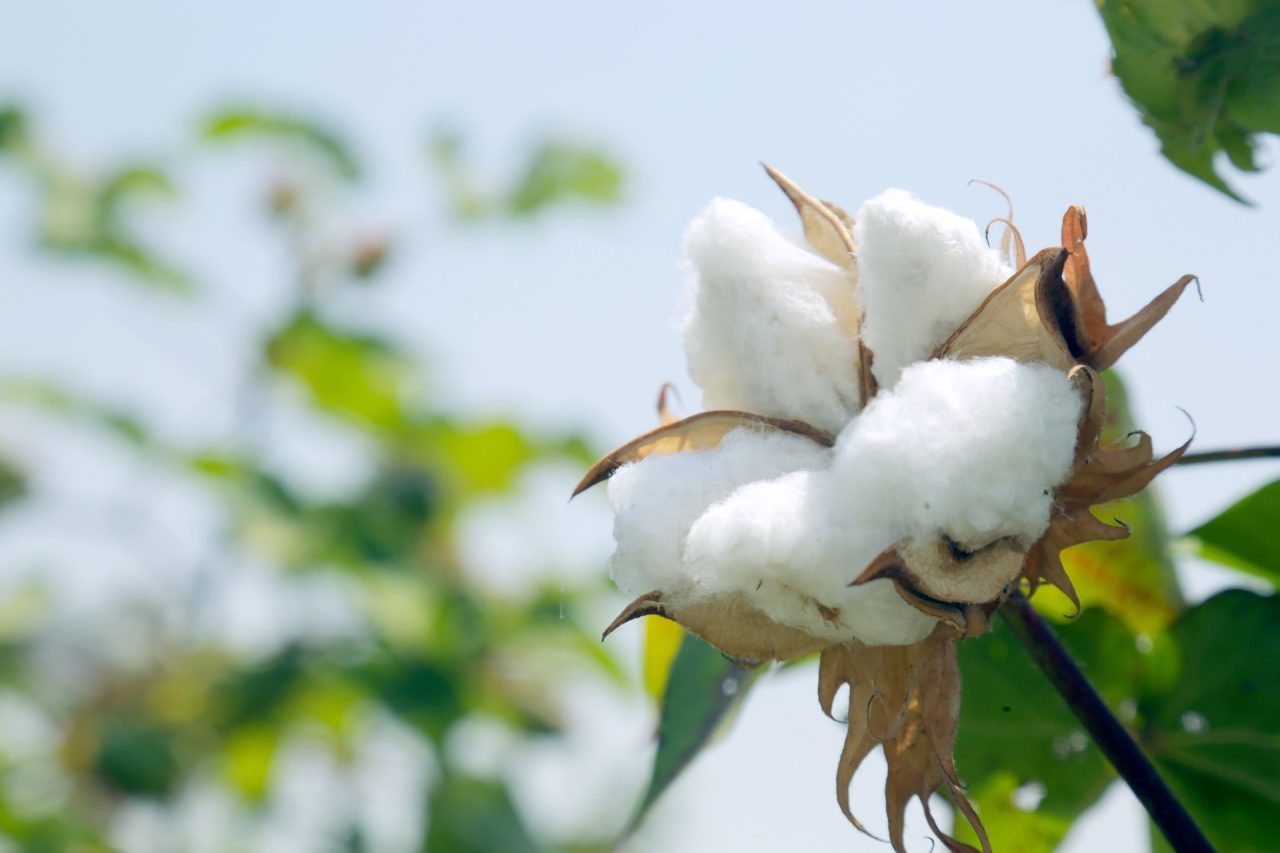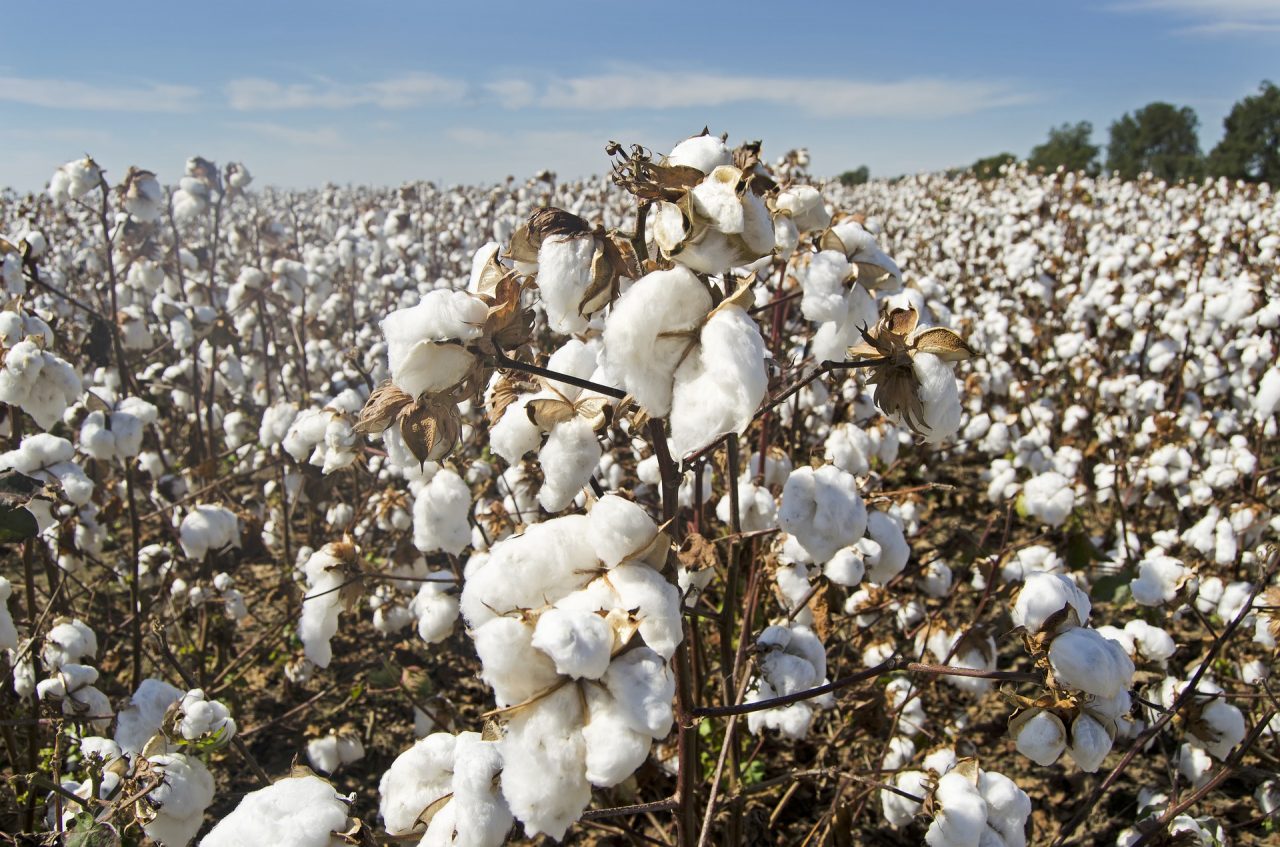Indisputable Link Between Competitive Energy and Export Growth
Shahid Sattar
A reliable and supportive energy environment is a critical component of industrial competitiveness, without which the risks of premature deindustrialization abound. The export momentum achieved in the past two years, particularly through the substantial contribution by the textile sector with supportive government policy, must not be taken for granted. It is unfortunate that the evident results of consistent and supportive energy policies to exporters are being negated and the significance of textile-led export growth for Pakistan’s economy is being undermined.
Providing exporters with the bare minimum requirement of competitive energy is indispensable for sustained economic growth, yet criticism is being levelled that the industry demands subsidies that do not correlate with export growth. What have been criticized as “handouts” are in fact the basic needs for the industry to remain competitive, and the governments of our regional competitors ensure that their industries remain supported with these minimum requirements so that exports and therefore economies can prosper. Furthermore, the independent study that is being touted as evidence against the link between competitive energy and export growth is not based in fact, authored by those with no experience in the field, and using outdated information as it fails to take into consideration the past 3 years.

The cost of regionally competitive energy is less than 2% of the average return that exports bring to Pakistan’s economy. This is valuable foreign exchange that does not have to be repaid or serviced at high interest rates. With textile mills facing closure in Punjab due to the government’s suspension of energy supply over the past month, about 80% of industry operations were in danger of being brought to a complete halt. There remains intense competition among regional textile exporters, so a minor cost difference in relative terms brings an exponential impact on the international market. Furthermore, the recent export momentum has been instrumental in attracting manifold investments, supporting the industry in expansion while it inches closer to the target of $21 billion exports in FY22.
Textile units in Pakistan are incurring power and energy costs 2.4 percentage points more than India and 7.8 percentage points higher than Bangladesh. Research has demonstrated that the ideal, regionally competitive electricity tariff would be around 7.4 cents/kWh.
SNGPL is currently supplying up to 70 mmcfd to non-export processing industry including steel, ceramics and glass. It is inexplicable to not give priority to exporting sectors, given the multiplier effect of supplying them with competitive energy. Furthermore, the extreme economic urgency of supporting the Balance of Payments needs to be catered to rather than supplying RLNG/ Gas to non-export sectors while exporters are disconnected. This is an alarming state of affairs when the Current Account Deficit has been at an all-time high of $ 7.089 during the first five months of FY22.
The total consumption of captive and Co-generation was 180 to 200 mmcfd and 160 mmcfd just prior to 15th December 2021. SNGPL and APTMA agreed that 75 mmcfd gas will be provided for the winter months, which is about 35% of gas load which is absolutely essential to maintain production, without considering viability. Factories which had generated steam from coal or fuel oil prior to 2015 have restarted their boilers in order to keep production going and not default on export orders. This is despite the fact that this method of steam generation is extremely uneconomic, and plants established after 2015 have no such back up facilities and therefore cannot operate.
Scenarios where this gas is necessary to run units include:
1. Factories that do not have full grid load and are awaiting an extension of load.
2. Electronic-sensitive machines that cannot run on grid power.
3. Factories reliant on steam made from generator waste heat recovery boilers (cogeneration) for their dyeing plants/ weaving & knitting machines.
Major electric shutdowns present the industry with a troublesome situation, as witnessed on 15 December when 80% of Punjab industry was shut down. The industry was forced to shift to Grid Supply, from which it had earlier on shifted to gas fired power plants on account of sub-standard supply after expending huge sums / large investments. Immediately following the gas cut, the grid failed in central Punjab and the industry was without any power for 12 to 20 hours at a stretch. The interruptions continue to date.
On the other hand, as the existing sanctioned electricity loads were much less than the requirements, with as many as 129 cases relating to applications for new connections, extensions of load, capacity enhancement were pending, the gas disruption resulted in a significant loss of textile manufacturing capacity, calculated to be over 20-25 % of the total. In many cases, the payments made have been awaiting action for over 2 years. Strangely, the DISCOs have now taken up maintenance work on its lines leading to unwarranted shutdowns – which further add on to the present supply constraints to the textile value chain. As a consequence, the country has lost over 25% of its textile manufacturing capacity – which will manifest as lowered production and exports from January 2022 onwards.
It is important to note that the contribution of LSM to Pakistan’s total manufacturing is 78%, while it contributes 9.5% to the GDP and 12.6% to the labor force. Unfortunately, the sector has been witnessing a decline for the past couple of years. According to a Tribune article titled Slowdown in LSM Growth Persists, growth in large-scale manufacturing (LSM) industries slowed down to 3.6% during the first four months (July-October) of the current fiscal year. Over time, the government’s policies for energy, as well as monetary policy and currency depreciation have contributed to an unsuitable environment for industries and heightened the cost of doing business.
Textiles, of which over 20% of the LSM index is comprised, was among those sectors that posted growth in the first four months of the current fiscal year. Any factor that has a bearing on textile sector operations significantly impacts overall LSM growth, with spillover effects on revenue and job creation. However, the evident link between these factors is denied time and again despite the multiplier effect of supplying regionally competitive energy to industries
For the current fiscal year, the government has set the economic growth target at 4.8%. However, the IMF projected that Pakistan’s economic growth would remain around 4% – about half of what is required to create enough jobs keeping our youth bulge in mind. This is an unavoidable circumstance of the strong anti-export/anti-manufacturing bias in government policies. The trade regime lacks transparency and is one of the most inward oriented in the region. Furthermore, infrastructure investment and allocation have been skewed in favor of consumption rather than manufacturing and exporting industries. It is therefore no surprise that our industrialization has been the lowest among other developing countries over the past 40 years.

The unsuitable environment for businesses in Pakistan has resulted in liquidity crises and reduced overall profitability. Furthermore, tariff and non-tariff barriers discourage import of quality raw materials for better output while also making production regionally noncompetitive. Numerous schemes have been made available over the years to streamline access to imported inputs at world prices, but these are largely ineffective. Only about 2% of textile and apparel exporters in Pakistan can access duty suspension schemes for their imported intermediates, in contrast to 90% in Bangladesh, where export-led economic growth has been exemplary.
A reliable and supportive energy environment paired with more efficient use of monetary policy and customs tariff can largely improve industrial competitiveness and reverse what appears to be the beginning of Pakistan’s premature deindustrialization. In Pakistan’s case, there is laggard advancement in the tertiary sector, as technological upgradation or advancement have not accompanied our LSM contraction. Instead, poor policies, mismanaged resources, a growing trade deficit and borrowing without planning for sustainable growth in complementary sectors has given rise to deindustrialization.
In order to prevent premature deindustrialization, Pakistan’s government must provide adequate support to the manufacturing and exporting sectors, thereby allowing them to attract investment and steer economic growth while also creating new economic and industrial zones for innovation and entrepreneurial opportunities. Regionally competitive energy, supportive schemes for importing machinery, and a structured technology upgrading framework embedded in industrial policy are the bare minimum for exporters, and a strong, supported industry has proven time and again to be the only force that can bring Pakistan out of its current account deficit and out of the clutches of IMF loans.














